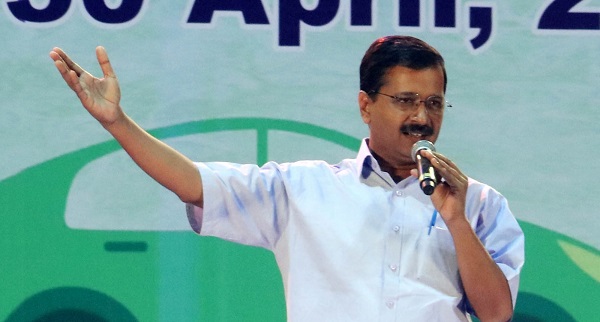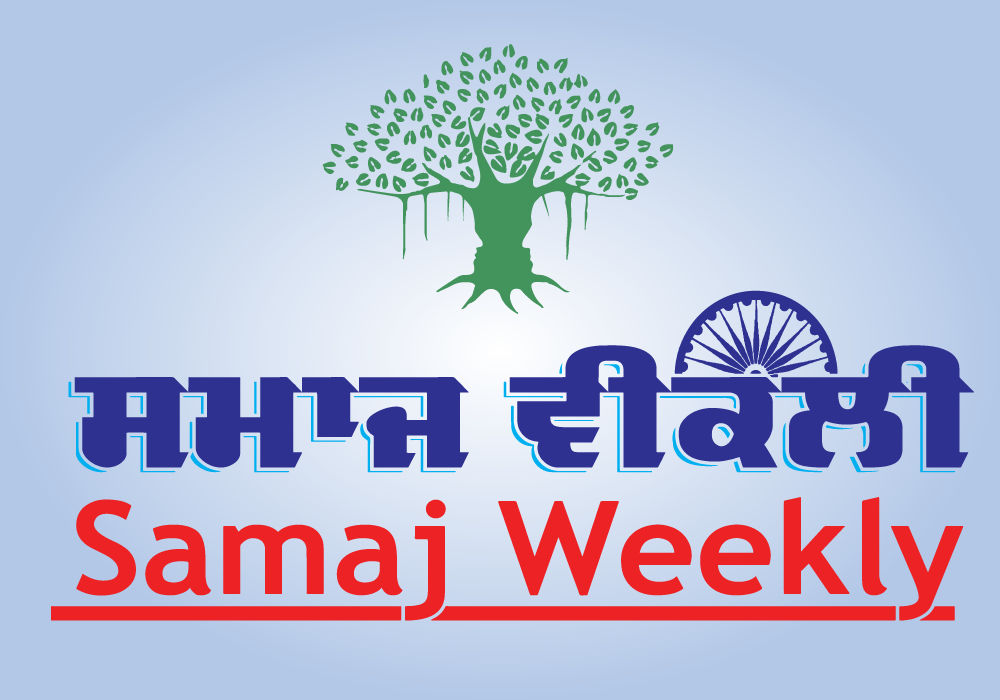New Delhi, The Delhi government recently announced that it would not charge any fee on power bills of up to 200 units, following which Chief Minister Arvind Kejriwal said that Delhi has the cheapest power tariffs in the country.
Although the government is subsidising power bills in the state, a look at tariff rates across the country, however, shows that some other states have lower tariff rates than the national capital.
Data show that power tariffs in Goa, Arunachal Pradesh and the Union Territories of Jammu and Kashmir and Ladakh are lower than Delhi for up to 400 units of consumption, the range generally consumed by most households.
In the national capital, power tariffs as set by the Delhi Electricity Regulatory Commission (DERC) are: Rs 3 per unit up to consumption of 200 units, and Rs 4.5 per unit for the range of 201-400 units.
This rate has been fixed by the DERC and has remained stagnant for the past three years. But with the subsidy announced this year, the tariff for FY20 has become nil for up to 200 units of consumption.
In Goa, 1-100 units cost at the rate of Rs 1.4 per unit and Rs 2.1 is charged per unit in the range of 101-200 units with an average rate of Rs 1.75 per unit up to 200 units.
In Arunachal Pradesh, people under the ‘below poverty line’ category have to pay Rs 2.65 per unit and in general, tariff is charged at Rs 4 per unit. Further, in the Union Territories of Jammu and Kashmir and Ladakh, power tariff for the range of 1-100 units is Rs 1.54 per unit and Rs 2 per unit for the range of 101-200 units.
The Jammu Kashmir Electricity Regulatory Commission charges Rs 3 per unit for consumption of 201-400 units.
In July this year, Delhi Chief Minister Arvind Kejriwal announced free power for consumers using up to 200 units of electricity per month. He also announced that power consumption between 200 and 400 units would get 50 per cent rebate for the benefit of lower to medium income consumers.
This discount came on the behest of subsidies given by the Delhi government.
Further, the average cost at which distribution companies buy power is also higher in Delhi compared to several other states.
The average cost of power procurement in Delhi is Rs 3.90 per unit. This is even higher than the national average of Rs 3.60 per unit. Discoms in around 21 states and Union Territories buy power at an average price lesser than that in the national capital.
This shows that although power is significantly subsidised in Delhi, the discoms in the national capital buy power at higher rates. High cost of power does not provide a conducive situation for subsidies and the exchequer in Delhi would have to bear the financial burden over the recently announced rates.
In the financial year 2019-20, the Delhi government has allocated Rs 1,720 crore (out of Rs 1,790 crore under energy sector) for providing subsidies to consumers through power distribution companies (DISCOMs).
A look at the tariff approved by the Delhi Electricity Regulatory Commission for FY20 shows that electricity charges for the first 200-unit consumption remains static at Rs 3 per unit, for 200-400 units it is same as Rs 4.5 per unit, for 400-800 units its is Rs 6.5 per unit, and the only change this year for domestic consumer is that electricity consumption beyond 1,200 units has been raised from Rs 7.75 per unit to Rs 8 per unit.
With free power, Delhi has notably become the state with cheapest electricity tariff in that category as there is no further scope for cuts. But in this category too, Delhi is not alone as states like Chhattisgarh, Punjab, Bihar and Haryana have provided subsidy from the state budget to keep electricity tariff low despite state regulatory commissions approving higher tariff as part of the efforts to bring the charges closer to the cost and help discoms get over their chronic financial problems.
Industry experts said that electricity tariffs have to be revised upwards in most states given the rise in coal prices and the general inflation.
“It is most unfortunate that state governments are using low electricity charges as a plan to woo voters. If the charges were low due to the system and operational improvement among discoms, no one would have complained. But the fact remains that discoms in Delhi continue to sit on high regulatory assets while the government decides to subsidise electricity from budget,” said a power sector expert, asking not to be named.
Last year, the Arvind Kejriwal-led government had provisioned Rs 1,815 crore for the energy sector. The move to offer free power has shaken up the power sector. The announcement shatterd the hopes of a shift to market-driven policies easing the pressure on power distribution utilities. Although it provides relief to the common man, such moves may further impact the country’s beleaguered power sector and the subdued overall economy.










